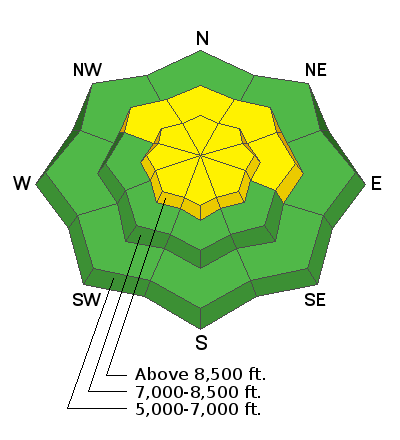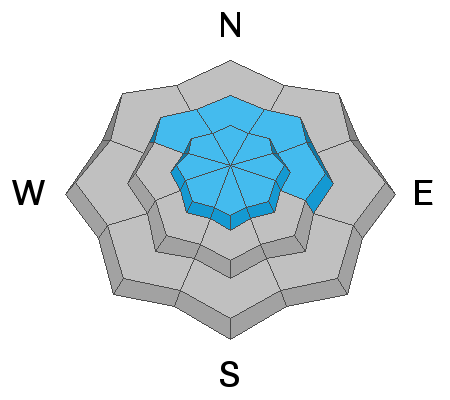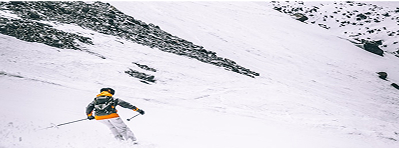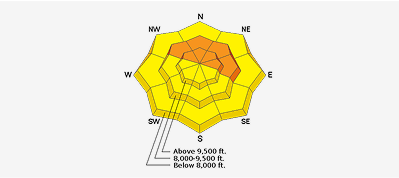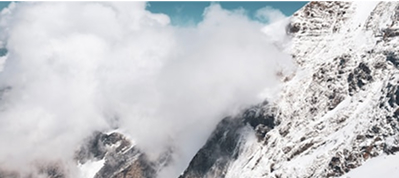The holiday season is right around the corner!! Looking for that special something for your partner?
Well, we've got an easy shopping solution for you ...Buy your gifts at our Pray for Snow online auction and support the UAC in Logan.
HEREAbout 6 inches of light new snow fell Friday night at upper elevations in the Bear River Range, with moderate westerly winds. Expect increasing clouds today with moderate south winds, mountain temperatures in the lower twenties, and morning wind
chill values around -13°F ! Snow is likely tonight, and the National Weather Service has issued a
Winter Weather Advisory for tonight and tomorrow, with 7 to 11 inches of accumulation possible on upper elevation slopes.
Currently, hitting rocks or other shallowly buried obstacles presents a significant hazard in the backcountry. A few inches of nice light powder now obscures many hazards. Most slopes have less than about 2' of total snow, and a steep temperature gradient is turning the shallow snow into loose sugary or faceted grains. In many places, the weak snow is easy to punch through to the rocks below.
An observer reports easily triggering fresh wind slabs and sluffs of new snow at upper elevations in the Central Bear River Range yesterday. One drift, intentionally triggered, produced a small soft slab avalanche, 30' to 40' wide, running a couple hundred feet. The party found fresh drifts up to about 2 feet deep in exposed terrain.

